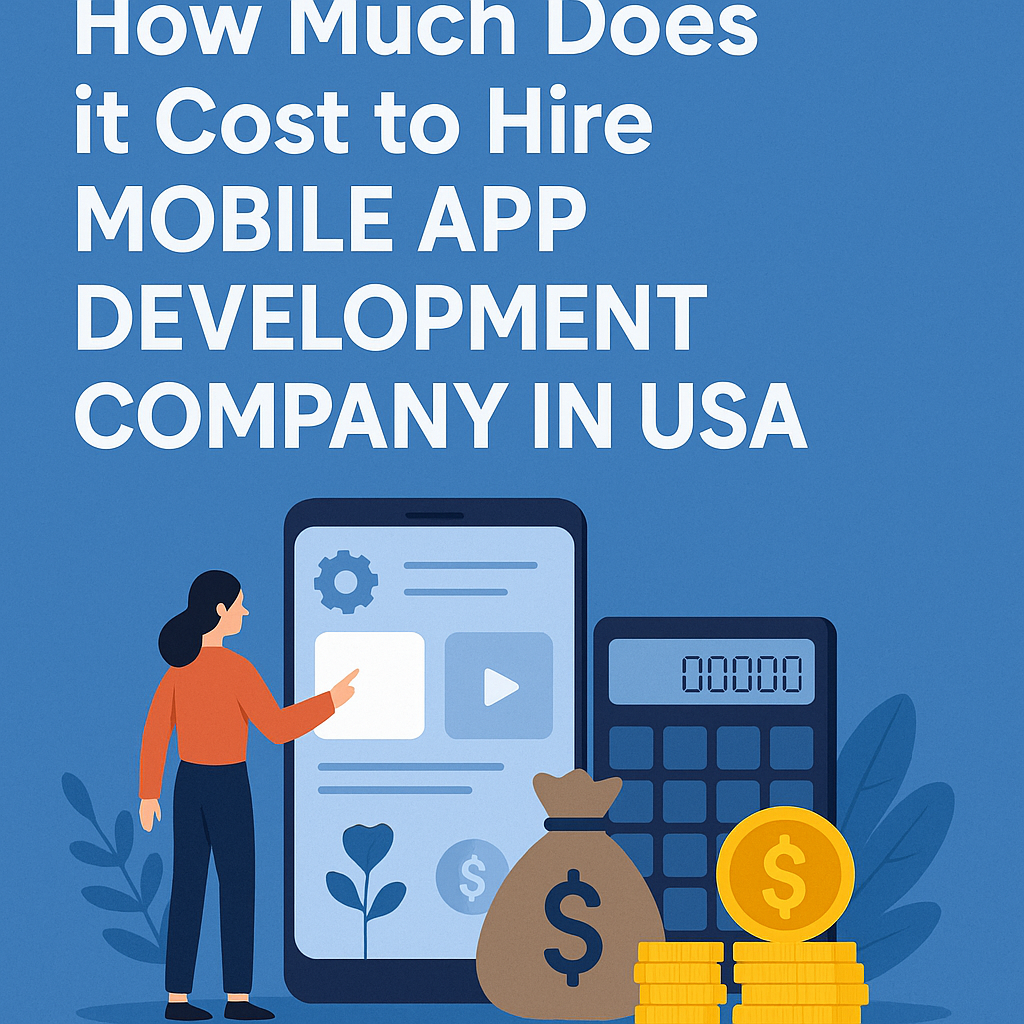Is Your App Budget Realistic? App Development Cost Analysis for 2025

Strong 8k brings an ultra-HD IPTV experience to your living room and your pocket.
The mobile app market is more competitive than ever in 2025, and for startups and businesses planning to build custom applications, budgeting is the first and most critical step. However, one of the most common reasons app projects fail or stall is due to unrealistic cost expectations. Whether you’re developing a stock trading app, a fintech solution, or a dating or taxi booking app, having a well-grounded cost analysis can mean the difference between launching successfully and running out of funds halfway.
✍️ Looking to save costs while reaching a wider audience? Discover the pros and cons of cross-platform app development and see why startups and enterprises are adopting Flutter and React Native.
In this in-depth guide, we’ll help you assess whether your app budget is realistic by analyzing all key cost drivers and comparing typical price ranges for different app types and development methods.
Understanding What Impacts App Development Cost in 2025
No two apps are priced the same, even if they look similar from the user’s perspective. Several variables affect the final price tag. These include app complexity, development platform, team location, backend infrastructure, integrations, design, and post-launch support.
If you're considering a project like stock trading app development, expect the budget to reflect advanced features like real-time data, security, and financial APIs. A basic MVP will cost significantly less than a production-grade solution with real-time market integration and high-volume trading capabilities.
Founders who underestimate what it takes to build these features often find their budget depleting before the app is finished.
Mobile App Type and Category
The category of your app significantly influences cost. Some industries demand more features, tighter security, and better UI/UX. For example:
Stock trading app development cost can range between $60,000 and $250,000, depending on user base size, compliance requirements, and real-time data needs.
Fintech app development cost often includes banking integrations, KYC processes, and high encryption standards—pushing total costs upwards.
Dating app development cost varies based on features like geolocation, match algorithms, chat, and video calling.
Taxi booking app development cost involves driver/passenger apps, route optimization, and GPS tracking—all of which increase development time and cost.
Each app type has specific functionality and infrastructure needs that impact the overall development budget. Estimating a generic figure without mapping features is a common budgeting mistake.
Development Approach: Native vs. Cross-Platform
Choosing the right technology stack affects both time-to-market and budget. Native development (separate apps for iOS and Android) offers excellent performance but doubles the work.
Cross-platform technologies like React Native and Flutter offer a smarter solution for many startups. React Native app development costs are generally 30–40% lower than native, while Flutter app development cost is competitive with React Native but sometimes favored for apps with complex UI designs.
While cross-platform frameworks may not be ideal for high-performance apps like full-scale stock trading platforms, they’re excellent for MVPs or simpler apps like dating or taxi booking.
Developer Location: Offshore vs. Local Teams
Where your development team is based has a massive influence on your app budget. Hiring a mobile app development service in London, UK, might give you more direct communication and project control, but it often comes with a much higher hourly rate—ranging from $100 to $200 per hour.
On the other hand, outsourcing to a team in India allows you to reduce your cost significantly. Mobile app development cost in India typically ranges from $20 to $50 per hour for experienced professionals. If you’re looking to hire stock trading app developers, India offers a vast pool of specialized fintech talent capable of delivering complex projects within reasonable budgets.
Choosing an experienced offshore team can help you stretch your budget and still achieve high-quality results, especially when working with a clear project scope and milestones.
Design and User Experience
Design matters more than ever in 2025. With thousands of competing apps, your visual presentation and user experience are crucial for retention. Complex features like custom dashboards for stock trading app development, swipe functionality for dating apps, and route maps for taxi apps require detailed UI/UX work.
Design typically makes up 15% to 25% of your overall budget. Skimping on design might save you initially, but poor engagement rates will ultimately cost you more in lost users and missed conversions.
Infrastructure and Backend Costs
Many founders focus heavily on the app interface and forget about the backend—the system that makes everything run. This includes databases, APIs, cloud hosting, authentication, admin dashboards, and data security.
Apps that require real-time features, like stock trading mobile app development, depend heavily on a powerful backend. Costs can rise quickly when factoring in cloud infrastructure, load balancing, automated data feeds, and compliance measures. Stock trading app development services often include long-term backend management as part of a service package, which founders should consider from the outset.
Post-Launch Maintenance and Upgrades
Your app journey doesn’t end at launch. Post-launch maintenance is necessary to fix bugs, keep up with OS updates, and add features based on user feedback. As a rule of thumb, annual maintenance costs are usually 15% to 25% of the initial development budget.
Apps in high-regulation or user-sensitive sectors like fintech or stock trading require frequent security patches, third-party updates, and compliance audits. Ignoring these costs can lead to app crashes, bad reviews, or even legal trouble.
Is Your Budget Aligned with App Goals?
To determine if your budget is realistic, begin by defining your goals clearly. Are you building an MVP, a full-featured product, or a scalable platform? The cost to develop a stock trading app MVP could be around $60,000, while a production-grade trading platform might cost $200,000 or more.
Dating app development cost can start at $25,000 for a basic version and rise based on additional features like video chat, AI matchmaking, or gamification.
Taxi booking app development cost is influenced by GPS integration, real-time tracking, and third-party map services. If you're working with a smaller budget, prioritizing core features and opting for cross-platform development may be the best approach.
Final Thoughts: Budget Smart, Build Smart
In 2025, a realistic app budget is about more than just covering coding hours. It includes planning for design, backend development, infrastructure, QA, and post-launch support. Founders who understand the full picture are better equipped to make informed decisions, select the right technology stack, and work with teams that align with their budget and business goals.
Whether you're working with a mobile app development service in London, UK, or exploring the more economical mobile app development cost in India, transparency and clarity are key. Factor in all the variables and build a budget that supports your vision—without costly detours.
Note: IndiBlogHub features both user-submitted and editorial content. We do not verify third-party contributions. Read our Disclaimer and Privacy Policyfor details.







